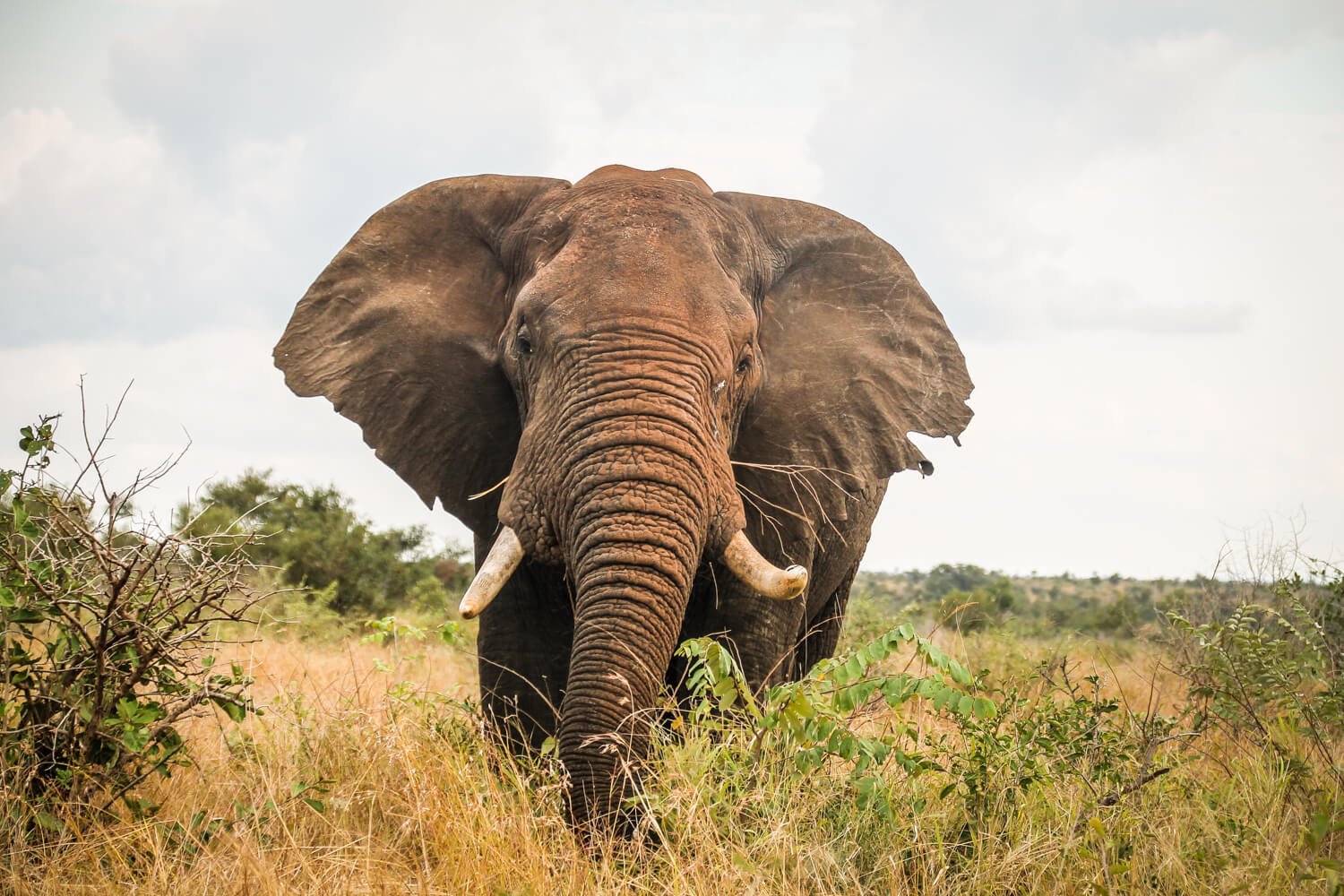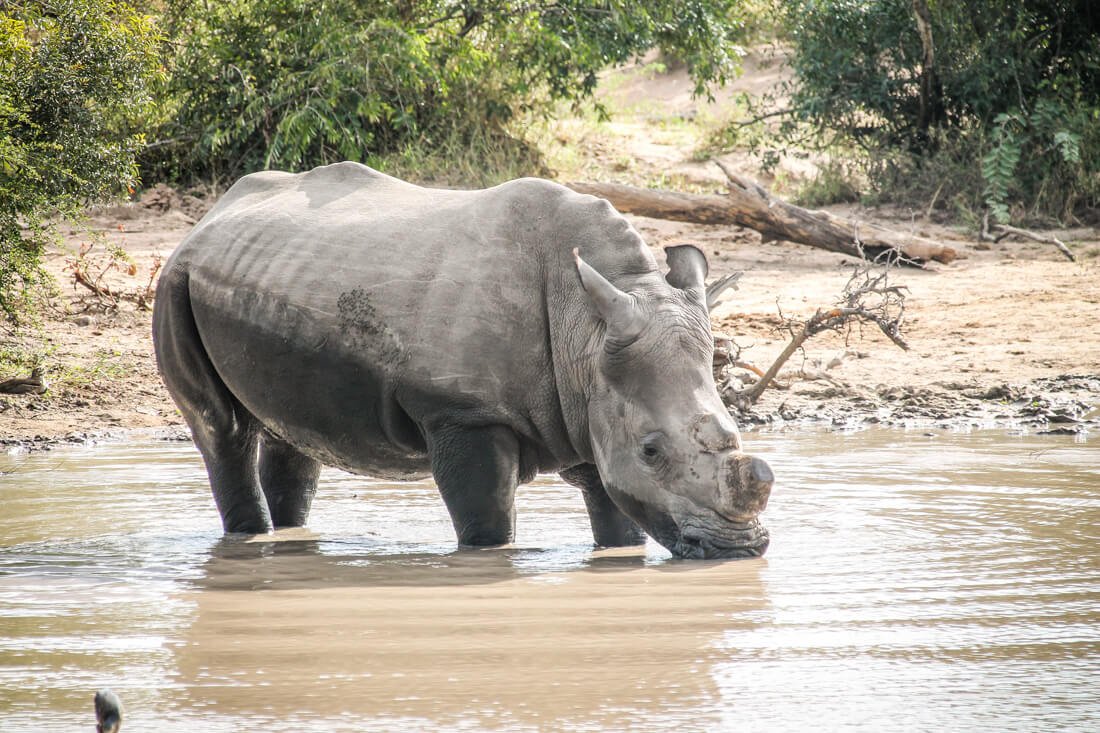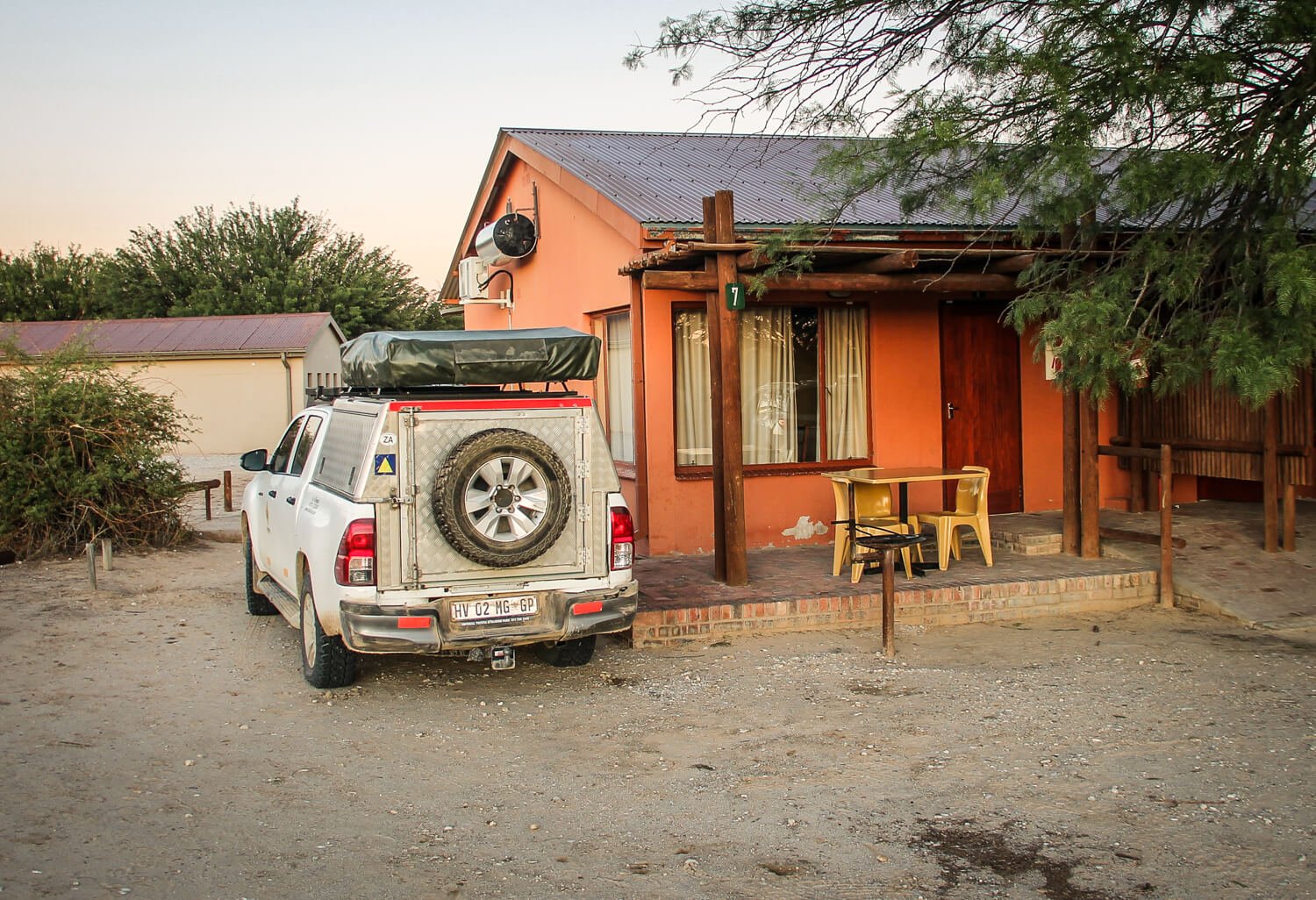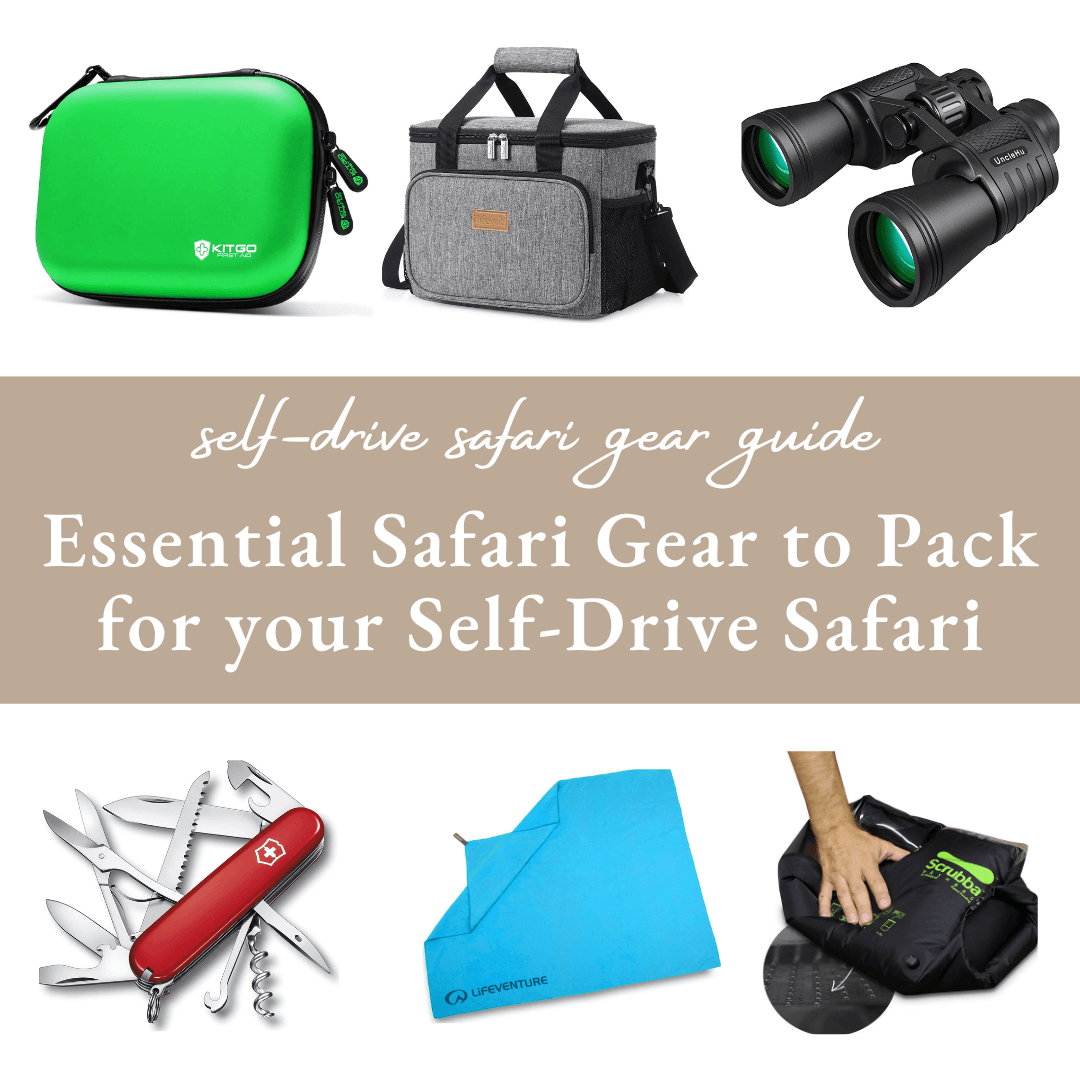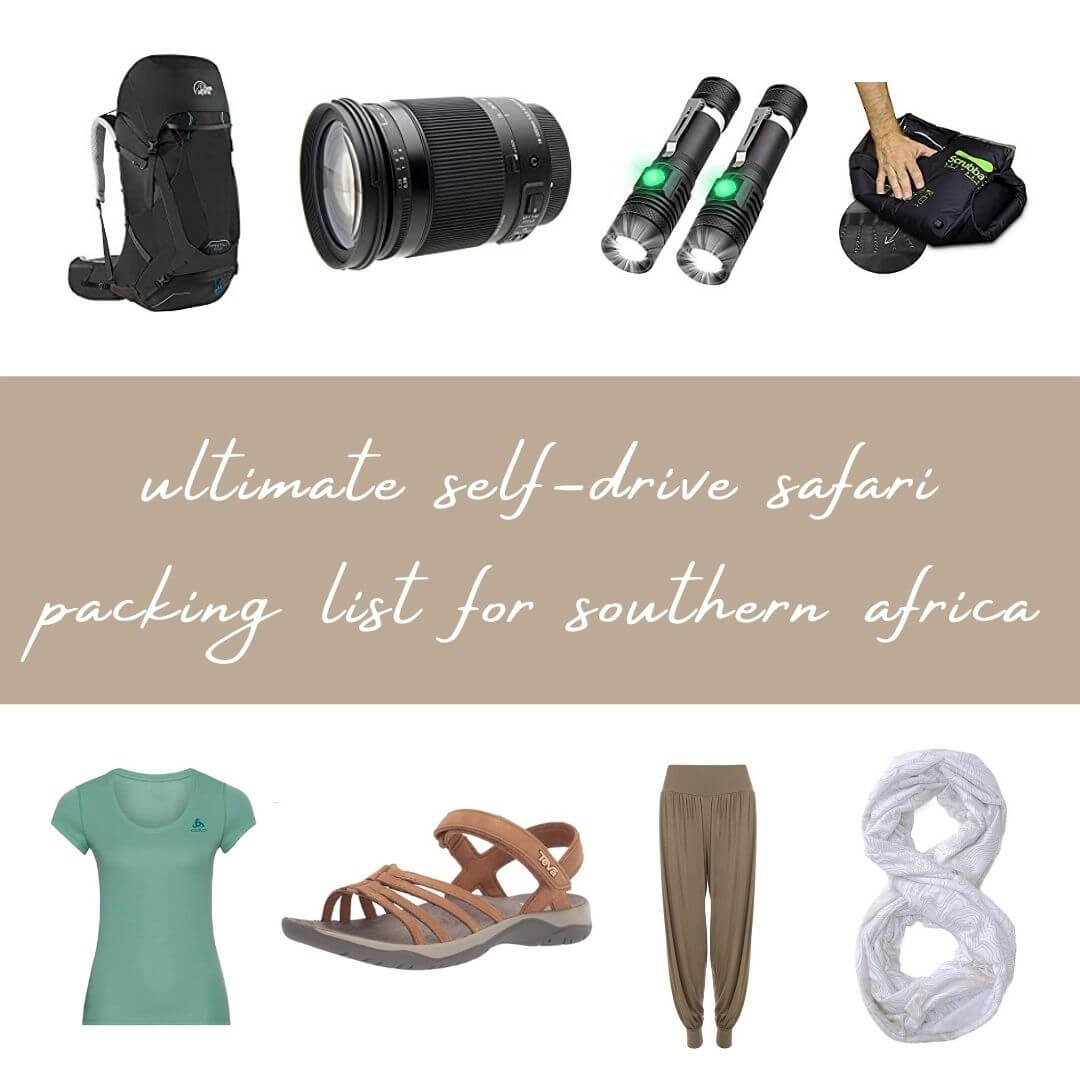10 Safari Tips To See The Most Animals in Kruger National Park
Just to let you know… This post (probably) contains affiliate links, including Amazon Associates links, and we may receive a small commission if you click one. This is at no extra cost to you and allows us to keep our blog running.
When you're going on a safari to Kruger National Park, you'll probably have a mental list of all the animals you want to see. Off course the 5 big (lion, leopard, rhino, elephant and African buffalo) as well as other favourites like the cheetah and giraffes.
But they won't just magically appear once you've entered Kruger.
The good news is that Kruger is home to a large number of animals. According to the latest estimates, there are 2.000 lions, 950 leopards, 225 cheetahs, 2000 spotted hyenas and 350 wild dogs. But it also has a large population of white (3500) white and black (300) rhinos, over 30.000 wildebeest, 16.000 buffalo, 23.000 zebra, 12.000 elephants and 7.000 giraffes. As well as large herds of impala and other antelopes like kudu, waterbuck and steenboks. And you won’t be able to miss the birds of prey, reptiles, rodents and hippos.
Even with these huge numbers, the truth is, that because the animals are free to go anywhere they like inside the park there will be days that you'll see one after the other animal and there will be days that you'll hardly see anything besides zebra and impalas.
So what can you do to improve the chance of seeing all of the animals on your list?
For a Kruger self-drive safari, timing and place are crucial, which is something you can have an impact on before you’ve even set foot on African soil. This is what we’ll start with but in this blog, we'll also share our top 10 tips that you can use once you’re there to see the most animals in Kruger National Park.
What is the best time to visit Kruger National Park?
You can visit South Africa and this park throughout the year and each season will have its own charm so it depends on what you're looking for. The best period for game viewing is during the dry season (May to September) when the animals will need to go to the waterholes to drink and the bushes are less lush so it’s easier to spot them.
The rains are in the summer period, which is between October and April, with most of it falling between December and March. When there has been enough rain the park looks completely different with its green grass and lush bushes. But this also makes sightings a bit more tricky.
The temperature rises in November and December and often is above 30C. Animals are on the move during the night and when it is cool in the morning, but are often found laying underneath trees as soon as it gets warm. This is also the start of the rainy season with heavy rainstorms. And December and January are also the peak season due to the school holidays.
The temperatures start to drop in April (below 30C) and drop to about 25C during the dry season in June and July. The nights can be cool but it does not often freeze at night. The driest months are between July and September and the sightings are good as it brings the animals to the waterholes.
We have been to Kruger in March, September, November and December and have never been disappointed. On our trip in November there was still a lot of yellow grass and we had 1 rain shower during the day and 1 at night. While on our trip in March, there had been heavy rains and some roads had turned to mud. And in February 2021 and 2023 there have been very heavy rains causing camps, roads and bridges to flood and some sections of the park had to be closed.
We think it’s just good to remember there are no guarantees to what you can see no matter which season you go.
Lush green bushes in March in Kruger National Park
Where should you stay within Kruger National Park?
Kruger National Park is about 350 km long and 60 km wide and covers 19.485 sq km which makes it larger than the Serengeti and comparable in size to Etosha but there are a lot more roads and camps.
Because it is so large, Kruger is divided into 4 main regions: the Southern region, the Central region, the Northern region, and the Far Northern region.
The Southern region covers everything south from Skukuza. This is the busiest part of the park with most of the large main camps as this is also the area that has the most rainfall and therefore a greater chance of seeing animals.
All of the regions have their own charm, but if you only have 1 to 3 days in the park, this is the area you want to stay in to increase your chances to see the most animals.
Now, let’s have a look at what you can so once your inside Kruger to increase your chances.
Tip 1: Start your day as soon as the gates open and drive till they close
Try to depart as soon as the gates open so you may see lions, cheetahs, and leopards while they are still on the move or at the waterholes rather than when it becomes warmer, they begin to rest beneath or inside the trees.
There are opening and closing times for the gates enclosing national parks and the camp inside. These times vary throughout the year since they are usually associated with sunrise and sunset. You must take into account both your arrival time and the travel time from the gate to the camp when choosing a campsite on your arrival day. You may generally obtain on the Kruger National Park's website the travel times between camps and gates and the campsites to stay in to help you choose the option that suits you best on your Kruger self-drive safari adventure.
Make sure to confirm whether your campsite has a reception of its own. In Kruger National Park, there are some campsites without receptions, including Malelane, Maroela, and Balule. If you aren't aware of this, you will have to spend additional time checking in at another camp. If you don't mind the distance to arrive at the park on time, you may alternatively book an inexpensive stay in lodging outside the park's gate.
Tip 2: Drive to waterholes, lookout spots and hides
This almost goes without saying. Waterholes and lookouts are typically situated at great vantage points to observe for a while, especially as soon as the sun rises, as every animal has to drink. We usually have breakfast or lunch at these locations. You can step out of your vehicle and stretch your legs, but be sure to pay close attention before doing so.
Also, a perfect time to visit the waterholes is later in the day when the temperature begins to cool off. Waterholes are floodlit at the camps located in some national parks are perfect for spotting games.
Tip 3: Look at the animal sightings board
Look for the animal sighting boards, which are often close to the reception at the main Kruger rest camps. There is no guarantee, of course, that they are still there, but you will begin to see patterns.
There is an own designated colour magnet for each animal. Anyone may mark their observations by placing the magnet where on the map an animal was sighted. To increase your chances of seeing the animals you like to see, take a picture of the maps on your phone before you leave in the morning or when you stop for fuel. This will help you plan your route precisely.
Tip 4: Drive slowly and take your time
Unlike a guided private game drive, in which someone else is spotting and driving. All tasks must be done by you on a Kruger self-drive safari, allowing for more freedom and flexibility. Driving at a very low speed, between 30 and 40 km/h is required to comply with the speed restrictions and prevent animal harm from occurring should you exceed limits. In addition, you should be maintaining a razor-sharp focus rather than simply looking out the window as you might on a relaxing afternoon drive. On a self-drive Kruger safari, you must keep a sharp eye out for anything that might not be a bush. Concentrate on one area and watch out for any movement, and changes in colour and shapes.
The rewards are worth it, even if self-driving is more tiring and surprisingly so if you are paying attention for hours on end. Take your time, and you may experience it like finding a rare black rhino hidden in the scrub gives us a great sense of satisfaction. The best part of a self-drive Kruger safari is that, with any luck, you could be the only one there.
Tip 5: Ask other visitors
You may gather valuable information from sighting boards, but you can never be sure how recently a sighting occurred. Driving with your vehicle's windows down and asking other travellers about what they saw as you passed by them on the road is a great opportunity coming your way. Especially when a passing vehicle slows down as it approaches you, there is a high possibility that someone wants to share what they just observed.
Tip 6: Learn animal behaviour
Animal behaviour may be used to your advantage. The presence of a predator is typically indicated when a group of animals at a waterhole are all gazing in the same direction. Are there vultures circling around nearby? Most likely, there is a kill nearby that is worth seeing. Screaming monkeys may indicate impending danger. Due to their ability to detect danger, animals like zebra prefer to stay near giraffes. Bear in mind that leopards live in trees.
Tip 7: Go off the main roads
Since the roads in the Kruger National Park are in good condition, almost any vehicle may be used to travel on them. On a gravel road, it is to be expected that you may come across corrugations that are not the most comfortable to drive on, but often this only happens for brief periods before the road returns to being fairly easy to drive. Or unless there has been a severe weather condition, the park will close any seriously damaged roadways.
The main roads are where most tourists to the Kruger National Park like to stay. Breaking that habit and travelling on gravel roads is strongly advised because they are frequently the finest places to witness wildlife.
It is highly recommended to travel the Crocodile River route for some of the greatest wildlife sights. The Albasini Road is another dirt road that's enjoyable to go on. The Shabeni Mountain, the largest undisturbed rock face in the Kruger National Park, is encircled by this road that makes a loop. Along this portion of the road, sightings include baboons and klipspringers. A wide variety of animals are drawn to the Mestel Watering hole, which is situated on this route. The Albasini Ruins are also visible from this road. In 1945, Albasini established Magashula's Kraal, a trading post in this area.
Tip 8: Take binoculars
When on a self-drive safari, it is important to examine your surroundings anytime you stop to find great sightings. This certainly comes as no surprise. Binoculars can not be left at home because animals of Kruger National Park do not frequently wander by the side of the road. Many times we could have thought we had seen an elephant or rhino in the distance, just to find out it was only a boulder. It is also necessary to check that paw up the tree is a paw and not a tree stump.
Tip 9: Keep your noise down
When you go on safari, it is not like you are visiting a zoo, you are in the wild animals' world, where they are the boss. Do not blow your horn at or shed light on animals since the noise and lighting from vehicles might potentially bother them. This is no joke. We witnessed a car race in front of a huge male elephant as it crossed the road and honked at it. Keep your windows closed while around predators, and refrain from playing music when windows are open. Moreover, switch off your engine if you intend to stay put for a while.
Tip 10: Drive with your car windows down
Obviously, you shouldn't wind down your windows when lions, cheetahs, or other dangerous animals are around, but keep them open every now and then to smell and hear all the sounds. However, we have seen more offenders of this rule than we can remember. People lean out the window to have a better view, or worse, sit on the car window to look over the top of their hood while knowing that they shouldn't open their windows or come out of their vehicles.
AND THERE YOU HAVE IT...
..We hope you enjoyed it and if you have any questions just leave your comments below. And if you are planning your own self-drive safari let us know below where you are going
Want to know more about going on safari? Keep on reading the following blogs:
If you don't want to miss any of our upcoming posts you can sign up below and you'll get them straight in your inbox.
If you're on Pinterest you can save this post for later.
you’ll also love
FROM THE TRAVEL SHOP
Looking for something?
our recent posts
shop our favourites
FOLLOW US ON INSTAGRAM
@traveltaale
Leave a Reply
and if you enjoyed this blog, found it useful & think it could help others, use the icons below to share on social media and spread the love












